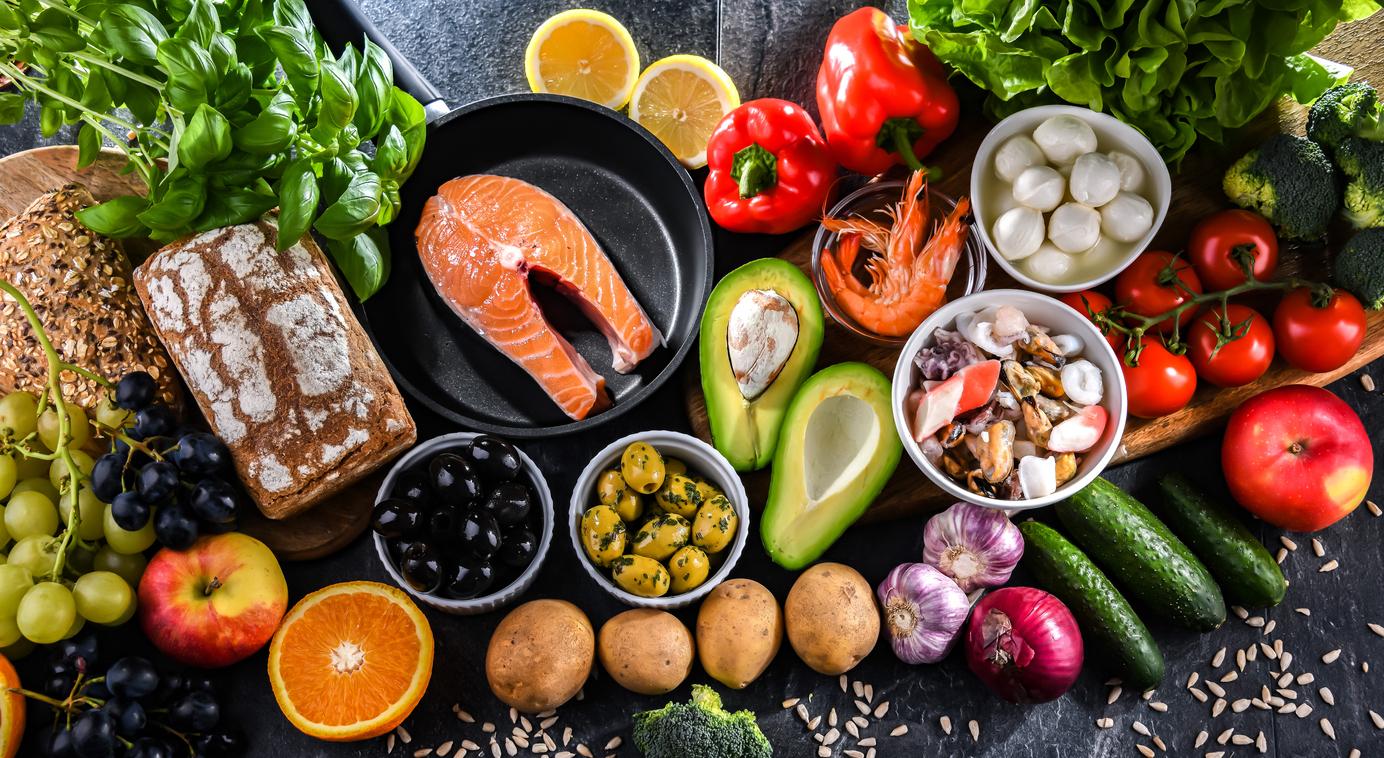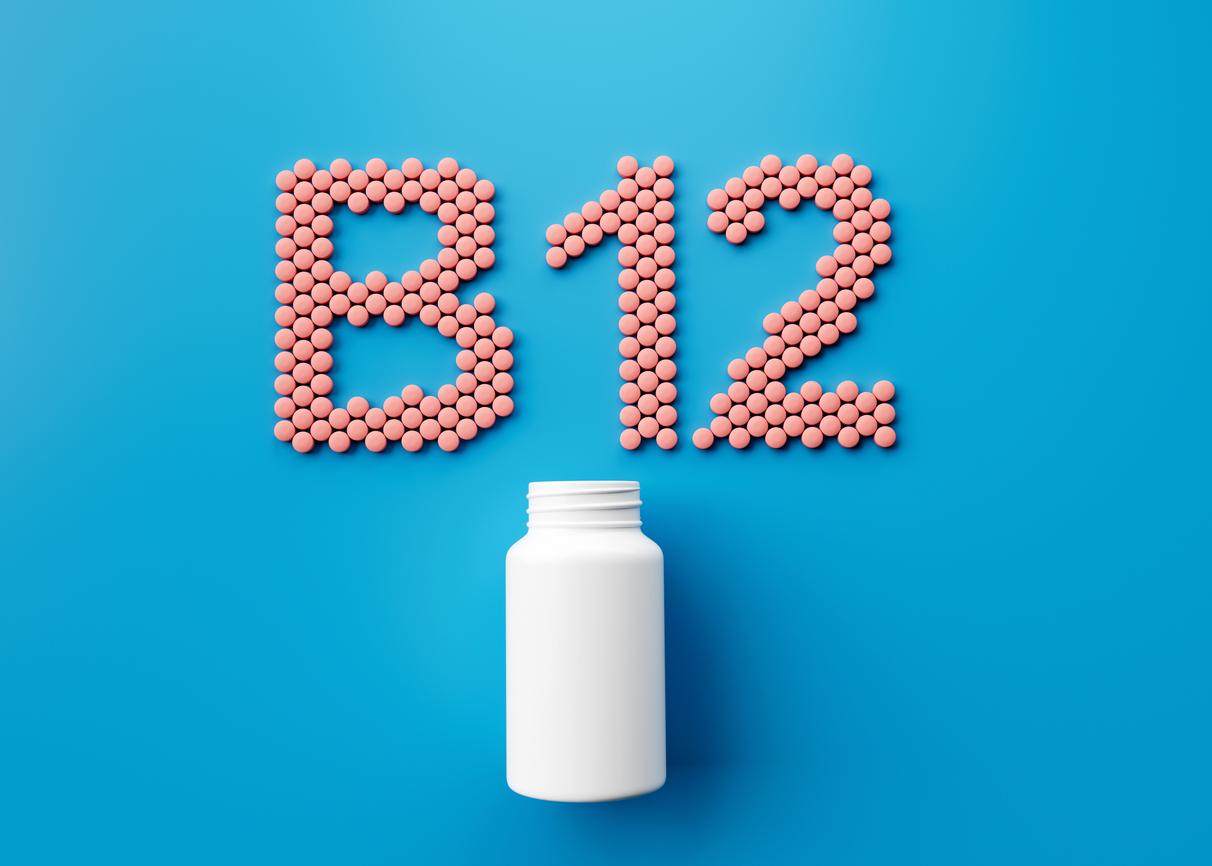People who follow a diet that includes at least half a serving a day of flavonoid-rich foods like strawberries, oranges, peppers and apples may have a 20% lower risk of cognitive decline.

- Flavones, present in certain spices and yellow or orange fruits and vegetables, reduce the risk of cognitive decline by 38%.
- Anthocyanins, found in blueberries, blackberries and cherries, are associated with a 24% reduction in the risk of cognitive decline.
Diversifying your diet is good for your health. Putting color on your plate is also good for the brain, according to a new study. Published on July 28 in the magazine Neurologyresearch suggests that people who follow a diet that includes at least half a serving a day of flavonoid-rich foods like strawberries, oranges, peppers and apples may have a 20% lower risk of cognitive decline.
Flavonoids are powerful antioxidants
Of the different types of flavonoids, flavones and anthocyanins are said to have the most protective effect. Flavonoids are natural compounds found in plants and are considered powerful antioxidants. Having too few antioxidants may play a role in cognitive decline with age. “There is growing evidence to suggest that flavonoids are powerhouses when it comes to preventing your thinking skills from diminishing as you age.says Walter Willett, researcher at Harvard University and lead author of the study. Our results are exciting because they show that making simple changes to your diet could help prevent cognitive decline.”
The study followed for 20 years 49,493 women with an average age of 48 and 27,842 men with an average age of 51 at the start of the study. Throughout this time, the participants completed several questionnaires about how often they ate various foods. Their consumption of different types of flavonoids was calculated by multiplying the flavonoid content of each food by its frequency. Study participants rated their own cognitive abilities twice during the study, answering questions such as “Do you have more difficulty than usual remembering recent events?” and “Do you have more difficulty than usual remembering a short list of items?”. This has captured early memory problems when people’s memory has deteriorated enough for them to notice, but not necessarily enough to be detected on a drug test.
20% less risk of decline
People in the group that made up the top 20% of flavonoid consumers, on average, had about 600 milligrams (mg) in their diets each day. Participants in the bottom 20% of flavonoid consumers had about 150 mg in their daily diet. Strawberries, for example, contain around 180mg of flavonoids per 100 gram serving, while apples contain around 113mg.
The results showed that people who consumed more flavonoids in their diet reported a lower risk of cognitive decline. The highest flavonoid consuming group had a 20% lower risk of self-reported cognitive decline than people in the lowest group.
Earn three to four years
Next, the researchers looked at individual flavonoids. Flavones, found in certain spices and yellow or orange fruits and vegetables, exhibited the strongest protective qualities and were associated with a 38% reduction in the risk of cognitive decline. This is equivalent to “winning” between three and four years. Anthocyanins, found in blueberries, blackberries and cherries, are associated with a 24% reduction in the risk of cognitive decline.
“The people in our study who did best over time ate an average of at least half a serving a day of foods like orange juice, oranges, peppers, celery, grapefruit, juice grapefruit, apples and pearsnoted Walter Willett. While it’s possible that other phytochemicals are at work here, a colorful diet high in flavonoids — and especially flavones and anthocyanins — seems like a good bet for promoting long-term brain health. And it’s never too late to start, because we’ve seen these protective relationships whether people were consuming flavonoids in their diets 20 years ago, or started incorporating them more recently..”
.

















